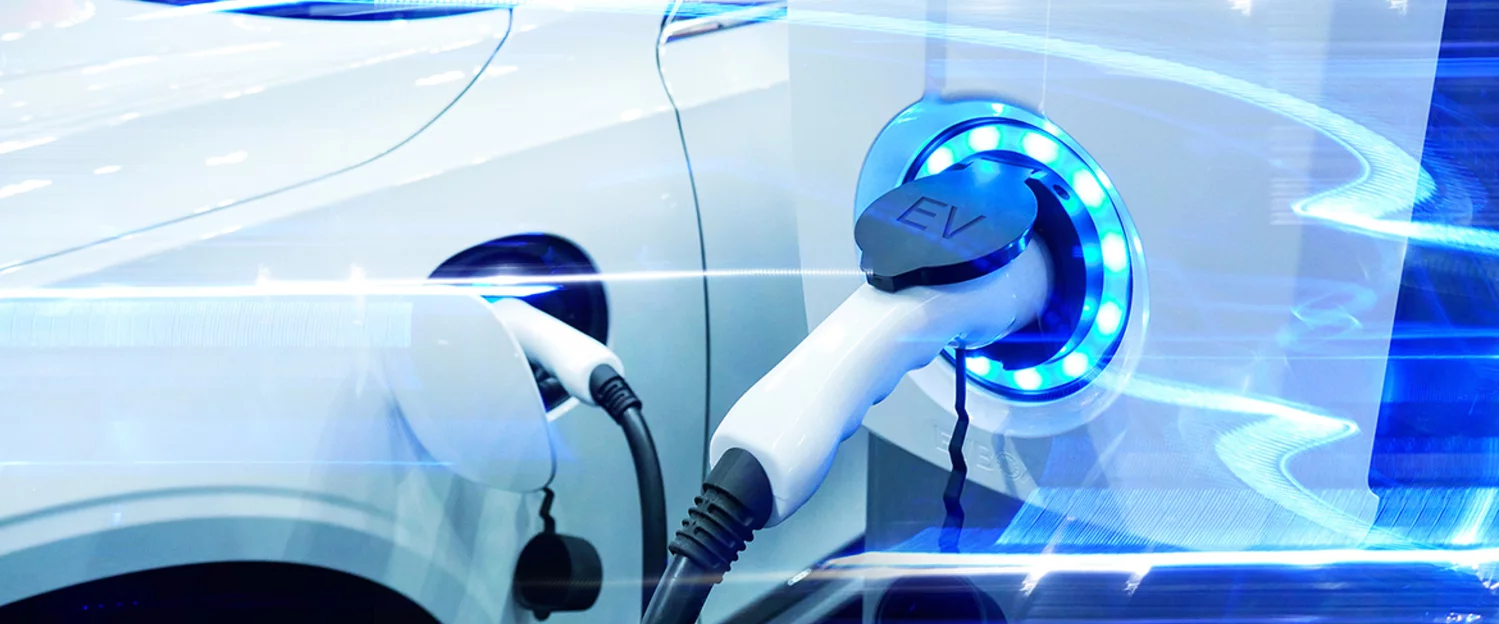Before you commission charging points for electric vehicles, Weiss Technik advises carrying out environmental simulation tests in order to determine how the devices react to different weather conditions. Test chambers from the ClimeEvent series of the Reiskirchen-based company are recommended for the climate tests. Manufacturers and testing institutes can use the tests to make precise statements about the service life of the charging points and predict how long they will enable users to safely charge their vehicles.
Public charging points for electric vehicles can be found near the coast, at busy junctions, or in multi-storey car parks. Depending on the location, different environmental influences affect the housing of the charging points. The complex inner workings are also affected – this raises the question of the resilience of the charging points.
Recommendations for random testing
Weiss Technik has addressed this issue and developed comprehensive recommendations based on the sound testing expertise from the automotive industry. Standards that the charging points must fulfil do not yet exist. Weiss Technik therefore suggests that manufacturers randomly carry out various environmental simulation tests – either themselves or at a testing institute.
For example, in the test chambers of the ClimeEvent series, fully assembled charging points that are not yet energised are exposed to the climatic conditions that they will later have to withstand the most. This gives manufacturers precise information about the reaction of the components and how long the charging points will remain functional (i.e. how long they will guarantee safe charging).
Coping with humidity and particulate matter
Corrosion tests using devices such as the SaltEvent from Weiss Technik allow manufacturers to analyse how fog or salty air affects the housing and the individual components – especially whether there are any safety-relevant issues during continuous operation in corrosive environments such as those found near the coast. On the other hand, dry corrosion occurs in garages or car parks. In this process, corrosive gases, especially CO₂, trigger chemical reactions in the materials. For both forms of corrosion, Weiss Technik recommends test procedures according to the EC 60068-2-60 standard.
In city centres and car parks, the air contains high concentrations of both coarse and fine particulate matter. If the housing of the charging point is not properly sealed, particulate dust deposits on the internal parts can lead to functional restrictions, faults because of heat that is difficult to dissipate, or short circuits. This is counteracted by the highest possible IP protection against the penetration of foreign matter and water. The enclosure can be tested according to the DIN EN 60529 standard. The ISO 20653 test method for particulate matter is used to test how dust can be kept away or removed.
Defy temperature fluctuations
The temperature differences between day and night also have an effect on the charging point. After a cold night, it warms up with the first rays of sunshine – faster on the outside than on the inside. Dew and condensation then form. Condensation tests show where moisture occurs as well as where it runs off, evaporates, or poses a risk. Precise precautions can then be taken by insulating or heating components in order to minimise the effects of temperature differences. The test procedure can be carried out analogously to the testing of electronic components in the automotive industry according to the DIN EN 60529 standard.
For manufacturers who want to set themselves apart from the competition with the safety and durability of their charging points, Weiss Technik offers comprehensive test recommendations, including appropriately designed test systems.
Reprint free of charge. Please cite Weiss Technik GmbH as the source.

